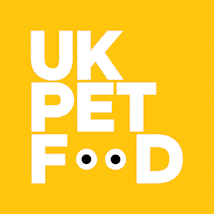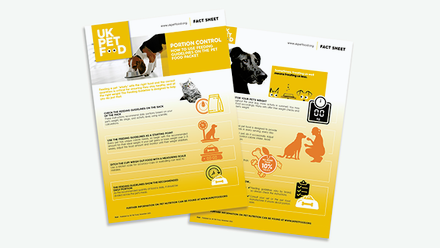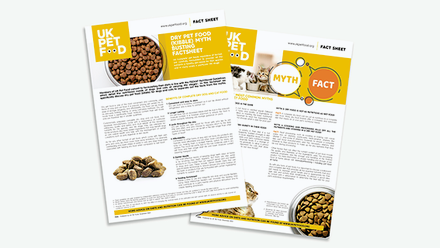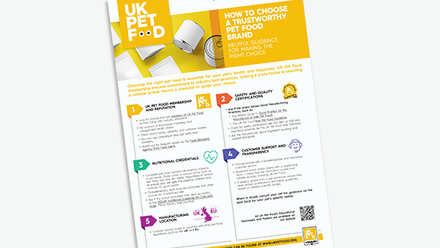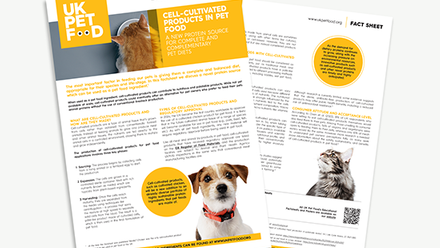Choking Hazards for Dogs
All dogs eat slightly differently. The less chewing of the food a dog does, the more likely they are to swallow large pieces of a chew or toy, which could potentially cause trauma or choking. This factsheet is a general guideline and should only be treated as a starting point. If you are unsure about a product, please contact the manufacturer or your vet for more advise, before feeding to your pet.
Food, Treats and Chews
• Treats and chews come in a variety of types and sizes. It’s important to choose a chew that is the appropriate size and shape for your dog, and always closely supervise them when eating it. If you are unsure if a treat or chew is suitable for your dog, consult the packaging, the manufacturer or your vet.
• Some owners choose to feed their dogs raw bones. Smaller, softer bones, such as chicken wings or turkey necks are considered the easiest for healthy dogs to eat and digest.
• Larger, denser bones, such as beef ribs, are more difficult for dogs to eat. These larger bones should only be given to larger, more experienced dogs used to eating bones, otherwise the potential for problems such as tooth fractures, constipation and injury is higher.
• More specific advice on appropriate raw bone feeding choices for your pet can be found on the websites of reputable raw pet food companies, such as those that are members of UK Pet Food.
• Cooked bones are more likely to splinter than raw bones, as the cooking process makes them very dry and brittle. This can potentially increase the risk of injury, therefore giving cooked bones to dogs is generally not advised.
• Some dogs who gulp their food at mealtimes can also be victims of choking. For these types of dogs, a ‘slow bowl’ or ‘puzzle feeder’ can be recommended to slow down eating and encourage chewing. The addition of water to the food to soften it can also help prevent large morsels being inhaled.
• Read the product’s label carefully.
• Buy from reputable retailers and manufacturers.
• Supervise your dog when they are given a treat or chew.
Toys
• When choosing toys for your dog, it’s important to consider your dog’s size and mouth type, to minimise the risk of them swallowing large pieces.
• When buying puppy toys, remember that your dog’s size will change, so some toys might become unsuitable as they grow.
• As toys age, they can also become more fragile and are more likely to break. Check your pet’s toys frequently to ensure that they are still safe for them to play with.
• If you have dogs of different sizes, always ensure the toys are large enough for the biggest dog not to choke.
• Sometimes it can be important to separate multidog households when playing with certain toys and also when feeding treats and chews, to prevent ‘resource-guarding’ behaviour and fighting between dogs.
Always supervise your dog when having chews, treats and toys
With all chews, treats and toys there is always the potential for large pieces to be swallowed whole, causing trauma or choking. UK Pet Food therefore advises that dogs are always supervised with toys, food, or other items they might want to chew or play with.
Further Readings and Scientific Studies
→ A 2018 study published in Frontiers in Veterinary Science demonstrated the risk of tooth fractures with chews or toys that are too hard. The full study can be accessed here: Fracture Limits of Maxillary Fourth Premolar Teeth in Domestic Dogs Under Applied Forces
→ A 2005 study published in Yamaguchi Journal of Veterinary Medicine (Japan) showed that half of owners of dogs with fractured teeth do not notice the tooth fractures in their dogs and highlighted the importance of owner education about living environment and regular veterinary check-ups. Study abstract can be found here: A survey of the fractured teeth of sixty canines and their treatment
→ In a 2019 study they assessed 349 clinical cases in which foreign bodies (objects) were removed from dogs’ oesophagus (the tube that connects the mouth to the stomach). The results showed that the majority (77%) of foreign bodies causing the obstruction/injury in those cases were bones. Read more here: Complications following removal of oesophageal foreign bodies: a retrospective review of 349 cases.
→ A 2017 retrospective study of 222 deaths in dogs, which were treated for esophageal foreign body obstruction, showed that osseous (bone material) were the foreign body in 81% of the cases. Read more here: Risk Factors for Death in Dogs Treated for Esophageal Foreign Body Obstruction: A Retrospective Cohort Study of 222 Cases (1998-2017).
